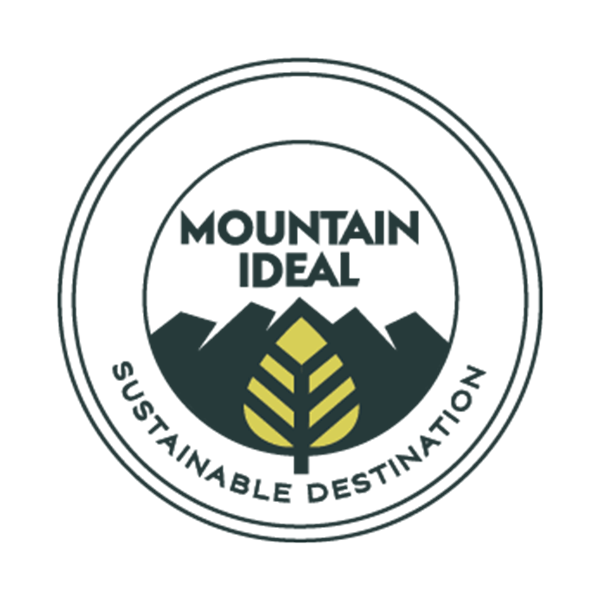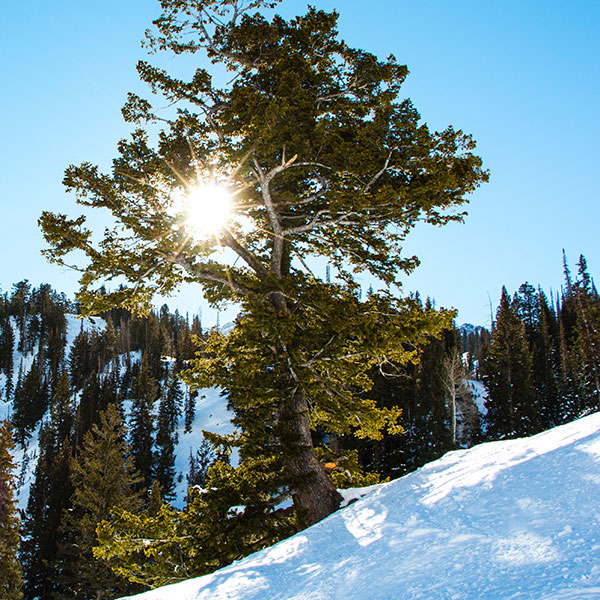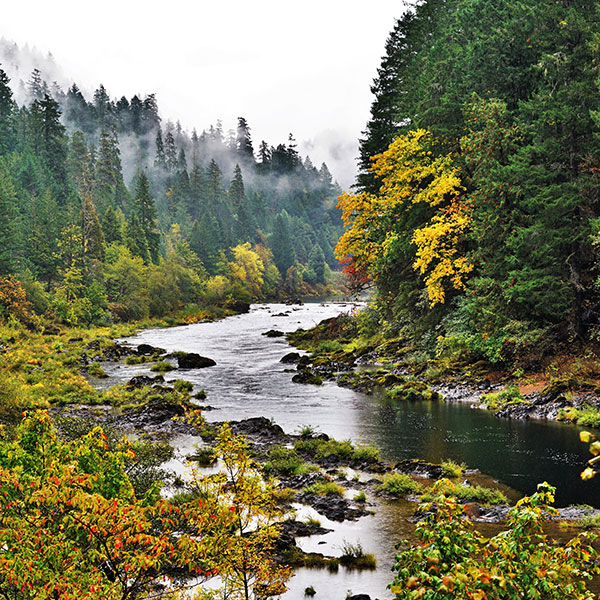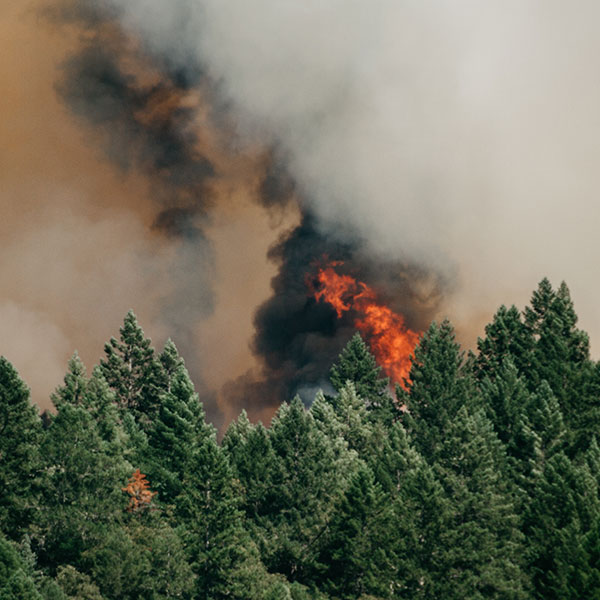Offering picturesque natural landscapes, unique cultures, and countless recreation opportunities, mountain regions are popular tourism destinations. Particular care should be taken when developing tourism in mountain destinations, as their fragile environments and host communities can be especially prone to negative impacts. The Mountain IDEAL standard helps destinations balance tourism growth with local needs to protect nature and wildlife, improve the well-being of residents, and preserve cultural heritage.
What is a mountain resort destination?
Due to the diversity of mountain environments and communities, it can be difficult to define a mountain resort destination; however, most share the following characteristics:
- Typically are located in high altitude regions
- Tend to be rural areas where traditional industries, such as farming, ranching, and mining, intersect with tourism.
- Economy is highly reliant on tourism and outdoor recreation
- Outdoor winter and/or summer activities are central
- Offer a range of accommodations and services that support visitors
- Have a small local population that is heavily outnumbered by visitors
Examples of mountain resort destinations include ski and snowboard resort communities, national parks and their surrounding communities, and
public land hiking/biking areas and their surrounding communities.

Why Mountains Matter
About 1/4 of the world’s population lives in or next to the mountains.
Mountain areas attract 15-20% of global tourism.
Over half of the world’s population relies on freshwater from mountain regions for drinking, hydropower, food production, and other uses.
Mountains ecosystems provide a habitat for approximately 25% of terrestrial biodiversity.
Key challenges in mountain resort destinations
- Climate Change
- Decreasing Freshwater Resources
- Economic Impacts of Tourism Seasonality
- Natural Disasters
- Habitat and Biodiversity Loss
-
Climate Change
Despite their dramatic and powerful appearance, mountain ecosystems are especially vulnerable to climate change impacts, such as rising temperatures and decreasing snowfall. Climate change is a contributing factor to many of the other sustainability challenges affecting mountain destinations. -
Decreasing Freshwater Resources
As a result of global warming, annual snowfall is decreasing in mountain regions and glaciers are rapidly shrinking or disappearing completely. In addition, as temperatures continue to change, snow will melt earlier in the year. This impacts freshwater supplies and the availability of freshwater in lowland areas. In mountain resort destinations, this is particularly problematic as tourism development places added pressure on water supplies. -
Economic Impacts of Tourism Seasonality
Because of the seasonal nature of mountain tourism, mountain resort destination economies tend to fluctuate throughout the year and local residents are challenged to find consistent employment. As winters get shorter, this means the winter ski season will likely get shorter too, which will further impact the economy and livelihoods in winter tourism destinations. -
Natural Disasters
Mountain landscapes are particularly fragile and change resulting from climate change, population growth, and land development is likely to lead to an increased risk of environmental hazards such as drought, flooding, avalanches, and wildfires. -
Habitat and Biodiversity Loss
Uncontrolled tourism development and increased human-wildlife interactions can result in loss of important mountain habitats and harm to biodiversity. It can also degrade the very landscapes and scenic views that attract tourists to begin with. In addition, increased development in fragile areas can create runoff and sedimentation which affects water quality and aquatic life.
Mountain IDEAL sustainable destination standard
Sustainability standards outline what it means to be a sustainable tourism destination by transforming the concept of sustainability into measurable criteria. They help destination managers evaluate how sustainable a destination is and identify opportunities for
improvement. In addition, standards help visitors identify sustainable tourism destinations.
Developed in 2017 through a collaboration between Sustainable Travel International, the Town of Vail, and Walking Mountains Science Center, the Mountain IDEAL standard outlines not just what it means to be a sustainable destination, but what it means to be a sustainable mountain resort destination. It accounts for those challenges and priorities that are unique and most important to mountain resort destinations. This includes managing activities on public land, protecting scenic views, ensuring year-round employment opportunities, reducing energy-use related to snow making and melting, and embracing mountain cultural heritage.
We believe the Mountain IDEAL standard is a significant development for sustainable tourism. Because it is based on the internationally recognized GSTC criteria, the Mountain IDEAL standard can be used in mountain resort destinations around the world. In addition, it also has the potential to help encourage collaboration between mountain resort destinations that share similar challenges, such as exchanging solutions and best practices.

Protect the Places You Love
Help conserve our planet’s most vulnerable destinations and empower the people who live there. Join the movement today.
Related Work
Vail, Colorado
Learn more about how we helped Vail, Colorado become the first destination certified to the Mountain IDEAL standard.






